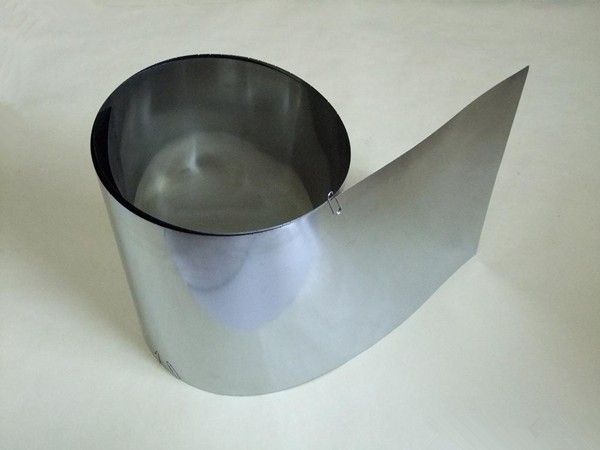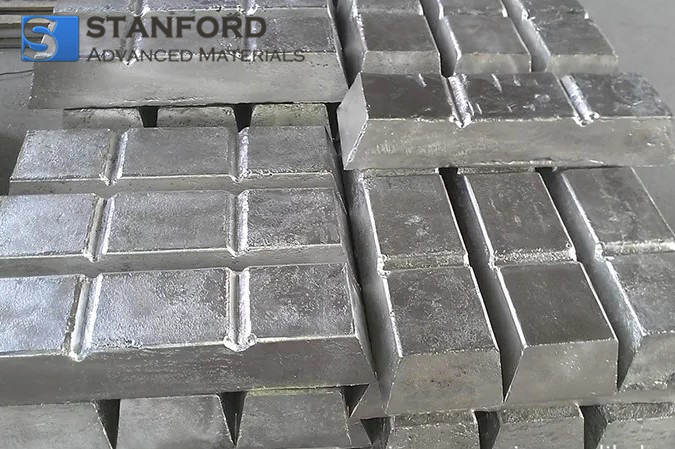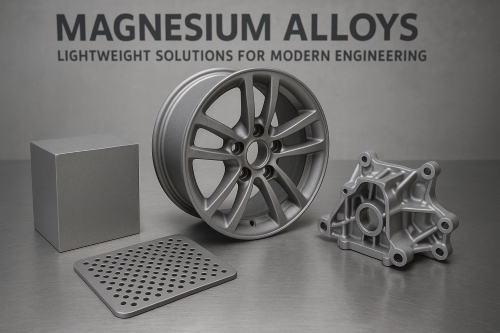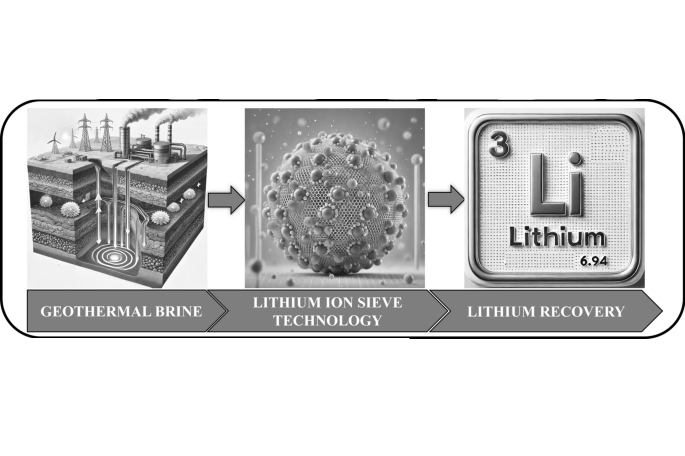What Molybdenum Is Used For
The initial application of molybdenum metal was the use of lead wires in incandescent light bulbs, recorded at the beginning of the 20th century. Molybdenum was selected owing to its stability and strength at elevated temperatures. Since this initial use, scientists and engineers have discovered precise properties that qualify molybdenum for many applications. Some applications exploit its strength and stability at high temperatures, as was the case with the first lamp wires.
Molybdenum possesses additional properties that render it attractive for applications beyond traditional high‑temperature components, including:
high thermal conductivity
high electrical conductivity
low coefficient of thermal expansion
resistance to attack by molten metal,
compatibility with most glass compositions
resistance to thermal shock
high stiffness and strong adhesion to glass used in lighting and electronic devices

Given that many of its properties are attractive to engineers and designers, molybdenum metal and its alloys are employed in the following fields:
Lighting
Electrical and electronic devices
Medical devices
Material processing facilities
High‑temperature furnaces and associated equipment
Thermal spray coatings
Components for aerospace and defence
Applications in these fields require specific combinations of properties. Molybdenum, its alloys and composite materials incorporating molybdenum metal, such as Molybdenum Foils, offer specific combinations of thermal and electrical conductivity and controlled thermal expansion. They also exhibit high‑temperature strength and creep resistance, vapour pressure stability, environmental stability, and wear resistance. This brochure assists the reader in understanding why the material is applied across a variety of fields. It also provides detailed information on machining and manufacturing techniques for molybdenum and its alloys.

 Bars
Bars
 Beads & Spheres
Beads & Spheres
 Bolts & Nuts
Bolts & Nuts
 Crucibles
Crucibles
 Discs
Discs
 Fibers & Fabrics
Fibers & Fabrics
 Films
Films
 Flake
Flake
 Foams
Foams
 Foil
Foil
 Granules
Granules
 Honeycombs
Honeycombs
 Ink
Ink
 Laminate
Laminate
 Lumps
Lumps
 Meshes
Meshes
 Metallised Film
Metallised Film
 Plate
Plate
 Powders
Powders
 Rod
Rod
 Sheets
Sheets
 Single Crystals
Single Crystals
 Sputtering Target
Sputtering Target
 Tubes
Tubes
 Washer
Washer
 Wires
Wires
 Converters & Calculators
Converters & Calculators
 Write for Us
Write for Us

 Chin Trento
Chin Trento



